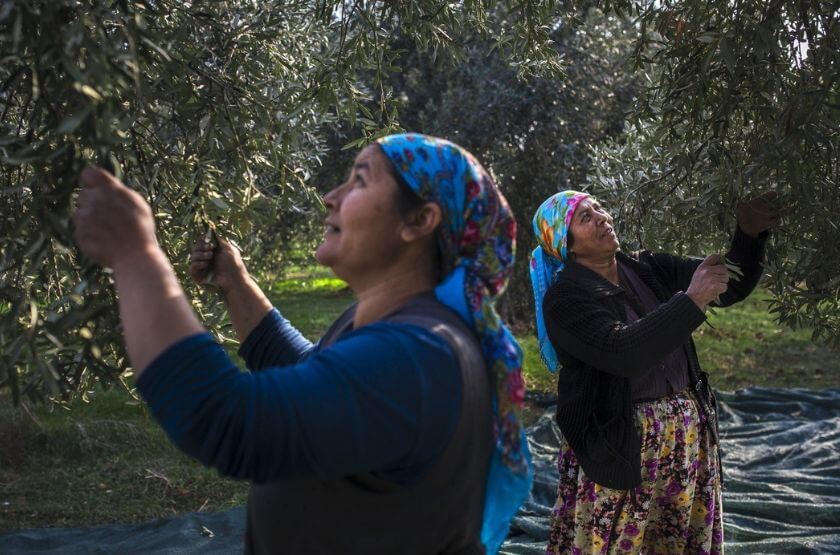
There are several ways of harvesting olives for olive oil. While most olives are harvested during the “perfect” stage of ripeness, around twenty percent may be under-ripe or over-ripe. Additionally, ten percent of the fruit will have fallen to the ground. Various levels of ripeness are considered acceptable. Mother Nature intended that. Olive oil producers never collect fruit that has fallen to the ground as it will almost certainly be destroyed. If you harvest the fruit at the proper time, you will be rewarded with an olive oil product that tastes fantastic.
Once the harvest has been completed, olives are cleaned and separated from branches, leaves, and stems. After this, the olives are manually supervised to avoid damage and ensure a high quality product. Crushing the olives to make olive oil is followed by centrifuging. This separates the oil from the water and solid residue. The olive oil is then extracted. This process takes around sixty to ninety minutes.
Harvesting olives to make a quality oil requires careful consideration. Olives go through five distinct stages from unripe to ripe. Unripe olives are unsuitable for use as their flesh is hard. Green olives are ideal for oil that is fruity and spicy. The color of the olives is another factor in selecting the right type for extraction.
Several types of harvesting methods are used in producing olive oil. Some olive producers shake the trees to force the olives to fall from their branches. Others leave the fruit on the branches until it naturally falls. Although these methods are cost-effective, they do not guarantee the highest quality. Ideally, the best olives are picked by hand.


